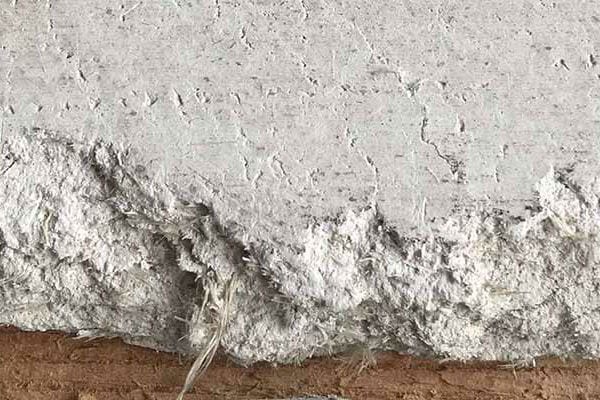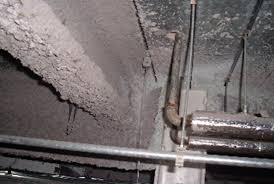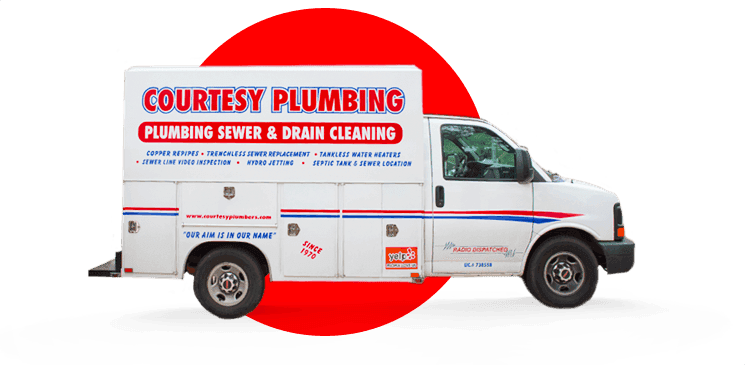When it comes to home repair and home renovation projects, there are a lot of unforeseen things that can happen. Anytime repairs involve any sort of demolition, you run the risk of finding other hidden problems. Unfortunately, many of these hidden problems come with health hazards and an additional price tag. Asbestos is one of those problems, especially for an older home. What you thought was a simple plumbing job, could end up being a lot more than you bargained for if your plumber found asbestos. Here is what you need to know about asbestos in your home.
What Is Asbestos?
You have probably heard of asbestos before, and know that it is dangerous stuff. But do you know what it actually is? Most people do not. Asbestos is a fibrous silicate mineral that was used for its heat resistant properties. It can be woven into fabrics and used as a fire resistant and insulating material. Asbestos has been used for centuries, however throughout the 1930s and up until the 1970s, its use in the US drastically increased. Asbestos was a common material used in many building materials including flooring, walls, shingles, pipes, boilers, ducts, and tanks. Many of which, you plumber may come in contact with while making repairs.
The Dangers of Asbestos

So what makes asbestos so dangerous? Asbestos is a fibrous material. Small particles can easily be inhaled, where they aggravate lung tissues, causing scarring which can lead to asbestosis. This causes coughing and crackling sound in the lungs while inhaling, and can eventually lead to cardiac failure. In addition, asbestos is a known carcinogen that causes mesothelioma, a particularly fatal cancer of the lungs.

What Do You Do If Your Plumber Found Asbestos?
First and foremost, let’s not panic. Yes, asbestos is a dangerous substance, however, it is important to know that if left intact, asbestos poses no immediate threat. Asbestos is dangerous once it becomes airborne and the particles can be inhaled. If it is still in good condition, you may be better off leaving it alone. However, if this isn’t an option here is what you need to know:

- In most cases, asbestos cannot be detected by the naked eye and needs to be tested. In the state of California, testing must be completed by a trained professional who has the right equipment and tools. A sample is sent to a lab, where it is tested and confirmed to contain asbestos.
- In the event asbestos is confirmed, there are a couple of options. Asbestos removal by a trained professional, or use sealants to contain the fibers.
- California law requires workers working on an asbestos project greater than 100 square feet with a concentration above .1 percent to register with the Asbestos Contractors Registrations Organization and have proper certification. There are different levels of certification each with different requirements. Each must be completed in a state certified training facility and be renewed annually.
- During the abatement, all workers must wear respirators and multiple layers of protective clothing.
There are 4 different types of abatement scenarios:

- Class I involves removal of asbestos materials from your furnace and ductwork.
- Class II involves removal of asbestos from flooring, roofing, walls, sheeting, and other construction materials.
Both class l and class ll must be completed in an enclosed area to prevent asbestos particles from spreading. In addition, materials containing asbestos must be soaked in water before removal to limit the amount of airborne particles. Lastly, pieces of asbestos must be removed whole, unless it is deemed impossible by the contractor.
- Class iii involves repair or maintenance work. In this instance, the same regulation applies but they don’t allow for dry cutting of asbestos materials. Asbestos materials cannot be dropped on the ground, but must be carefully lowered and stored with “danger” signs”.
- Class iv involves maintenance or custodial work, where they work around the asbestos but don’t disturb it. Workers who come in contact with asbestos in the regulated area must wear respirators and protective clothing.
When it comes to the abatement of asbestos, working with a trained professional is the best option regardless of how big or small your project is. Asbestos is nasty stuff and can do a lot of damage. Which is why professionals undergo continuous training to protect your health, the health of your friends and family, and their own health. To learn more about proper and safe abatement of asbestos and what to do if your plumbing found asbestos contact Courtesy Plumbing today.



